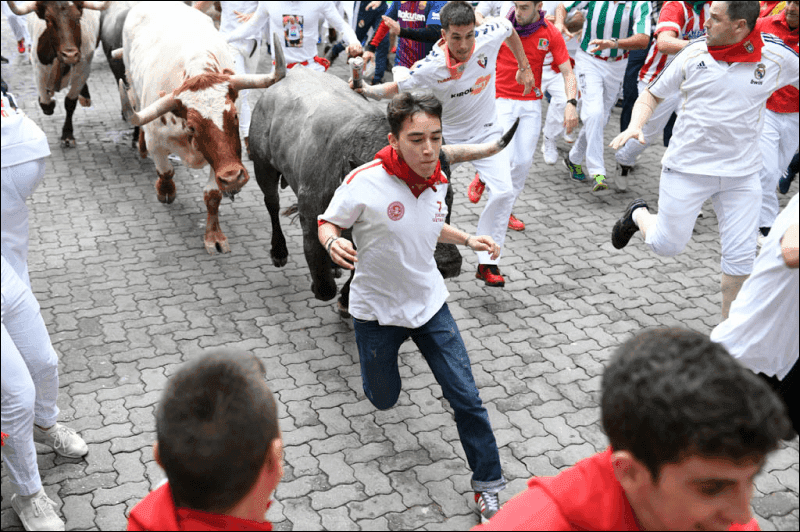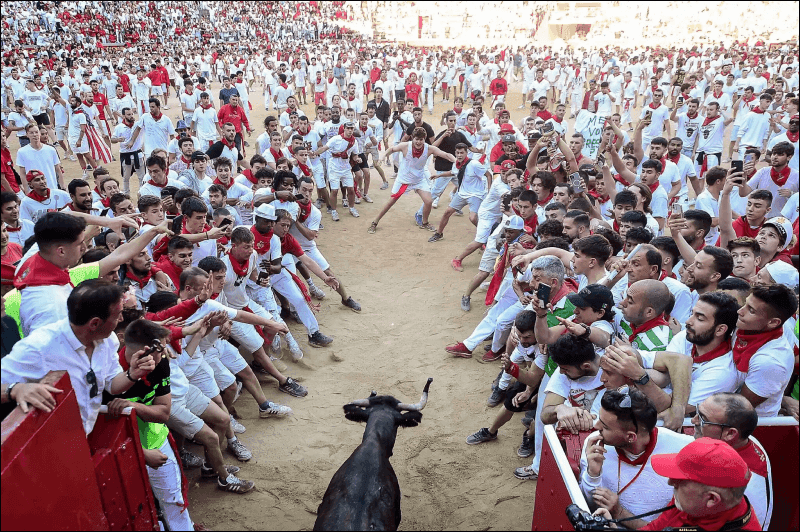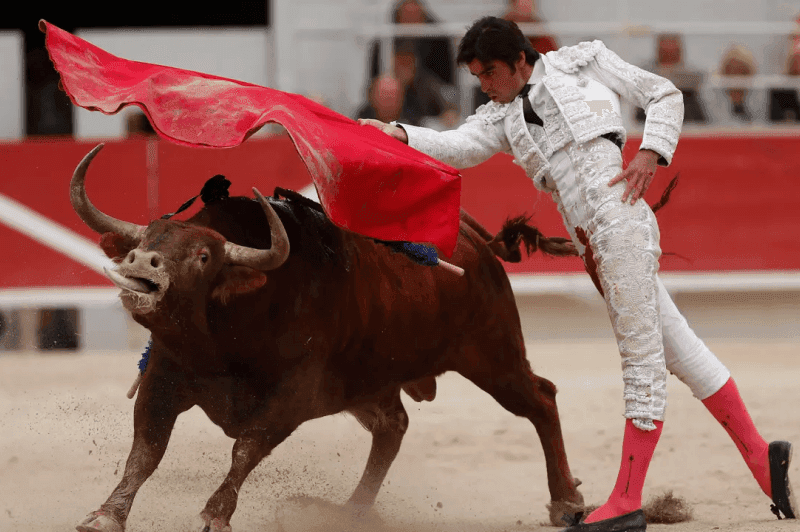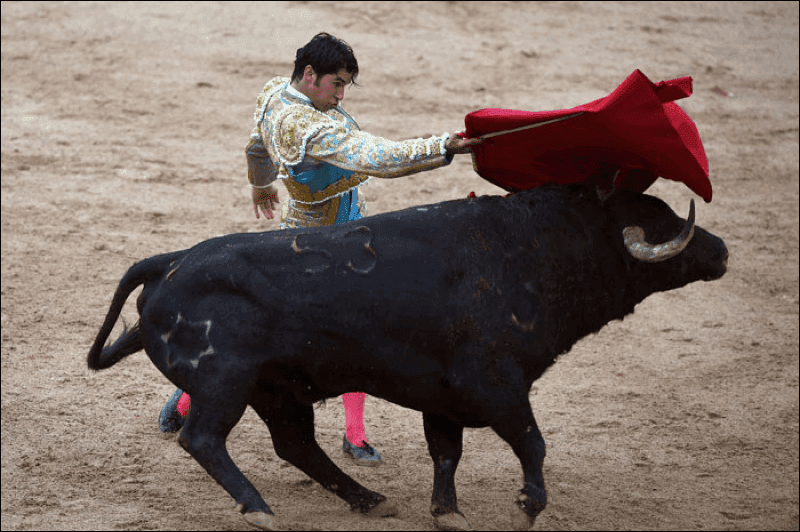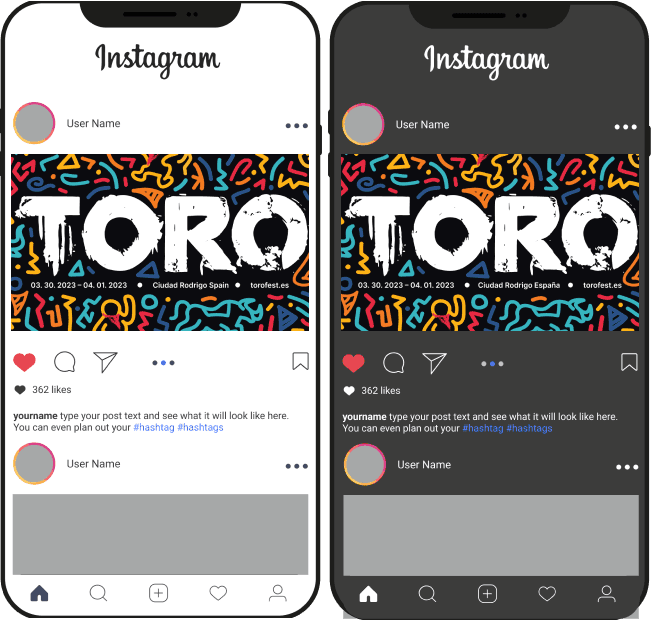
Overview
Thought process.
I developed a new yet familiar style for the people of Spain. Starting off the project, I needed to understand the target audience and their needs, preferences, and cultural values. This research will be discussed later on in the website. I’ve noticed that Spanish design is very illustrative, with many posters containing classic warm colours. The majority of Spanish advertising is illustrative, with few abstract examples. My best guess is because of how traditional Spanish values are, especially when relating to the oldest recurring festival in all of Spain. I wanted to push this concept beyond conventional values for my approach designing for the Festival del Toro. The festival has evolved from being solely traditional and now emphasizes celebrating human development.

The new brand design for Toro, formerly known as Carnival del Toro, pays homage to Spain’s rich traditions and cultural heritage.



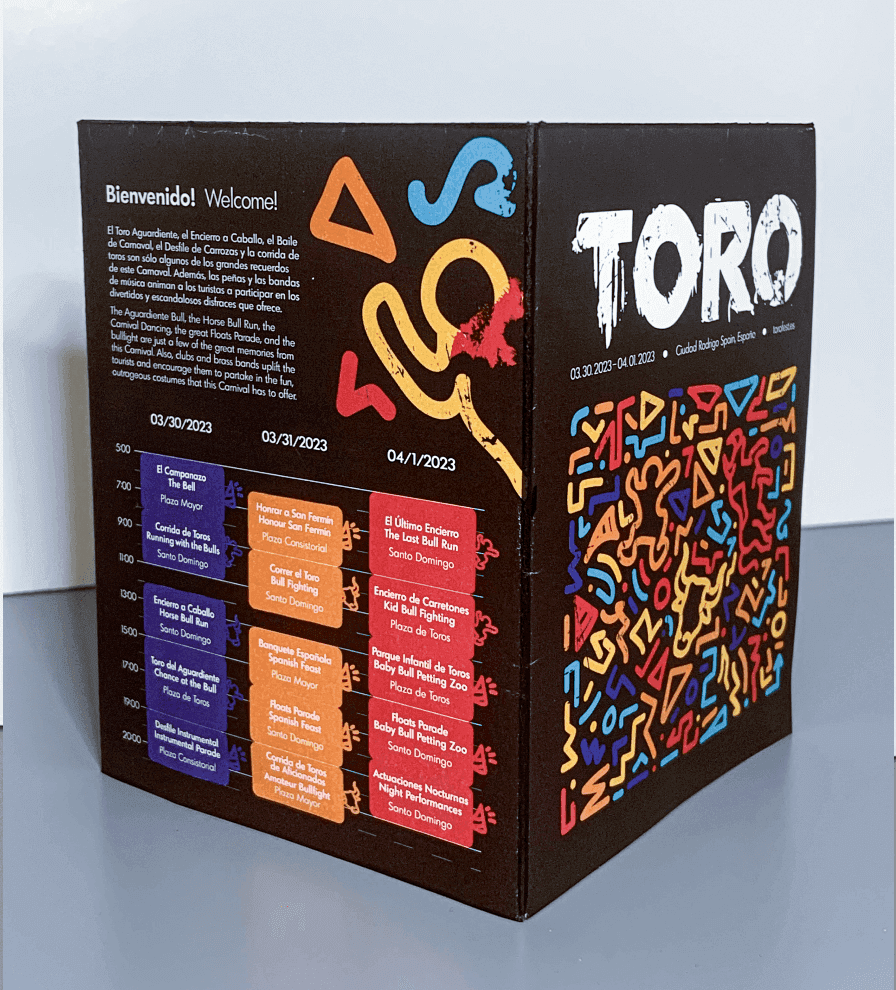

Research
Understanding the Brand.
Understanding the brand involves gaining knowledge of values, traditions, history, target audience, market positioning to effectively communicate the brand’s message and create a consistent identity. So lets get into it!
BACKGROUND
The Carnival Del Toro is a 5-day celebration in Ciudad Rodrigo, Spain, featuring events such as dancing, bullfighting, and a horse bull run. The carnival has a rich history dating back over 500 years, and is known for it’s strong cultural ties to bullfighting. The running of the bulls is a popular event during the carnival, & traditional attire for these events includes white trousers, a white shirt with a red cummerbund, and a red neckerchief.
The carnival attracts people of all ages & ethnicities, and is known for its vibrant, joyous atmosphere.
DEMOGRAPHIC
The Carnival Del Toro draws a diverse crowd of all ages and ethnicities interested in its cultural roots and festive atmosphere. High attendance rates (95% hotel occupancy) are expected to surpass pre-pandemic levels. Some young men (ages 20-35) participate in bull-related events, while all ages, including children and middle-aged adults, join parades and carnivals. Many attendees have a strong connection to the event and local residents actively participate. Bullfighters and wranglers use the event to showcase their skills and bravery.
PSYCHOGRAPHICS
The Carnival Del Toro's bullfighting tradition sparks controversy, with opposing views on its role in Spanish culture. It's considered a rite of passage into manhood, where individuals confront bulls with faith, valor, and a thin sword. While a small percentage participate in these events, most attendees spectate, supporting friends and family, and enjoy socializing and eating with large groups.
Creating the Symbolic Poster
The second symbolic poster for the Carnival del Toro was created using mainly Blender and featured the bull, a powerful symbol of Spain. I positioned the typeface behind the bull to highlight its importance as the focal image of the poster. The bull’s dynamic, forward-facing pose and sharp geometrical structure with a grunge texture conveyed its strength and power. In the updated version, I rearranged the 3D models and changed the grey tones to a sharp black and white look. The imposing type treatment took up most of the space while still keeping the bull as the main focus. I also added a red scarf around the neck of the bull, which tied in with the common attire seen throughout the festival. The design effectively balanced white space and negative space, and while it didn’t make it to the final selection, I am proud of the result.

I created digital advertisements that are suitable for use on social media and websites. After exploring different forms of advertisements, I have concluded that advertising mainly on social media is an effective way to reach a large audience. Using social media allows us to reach a wider and more diverse audience, including people in different locations, and helps to expose them to Spanish culture. The festival is open and welcoming to all, and the design of the advertisement mirrors that of the poster, featuring the same illustrations and colors.
After completing this case study, I have learned the importance of capturing the cultural richness and diverse appeal of an event in its promotional materials. In the future, I would focus on refining the visual balance and expirement more with color. This experience has taught me to embrace inclusivity and diversity while emphasizing an event's heritage and significance to its attendees. I would like to thank Professor Zab Hobart from York University for providing valuable feedback that has contributed to the success of this project.


